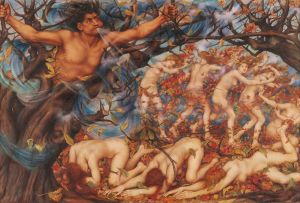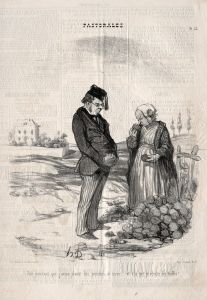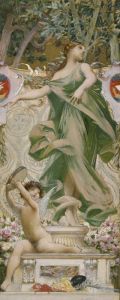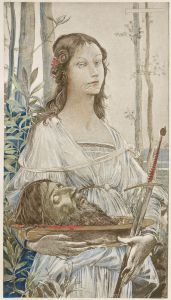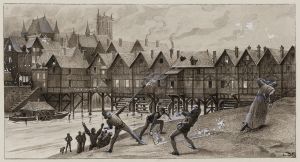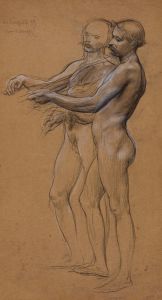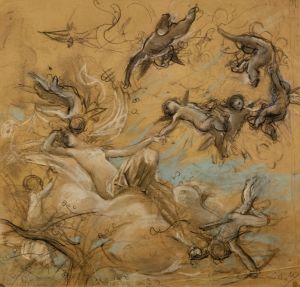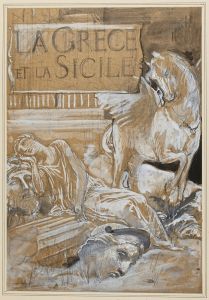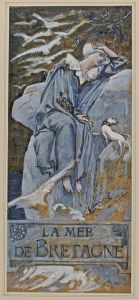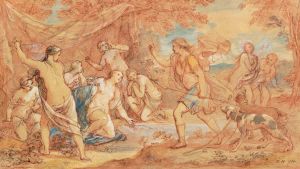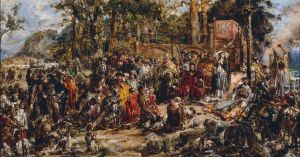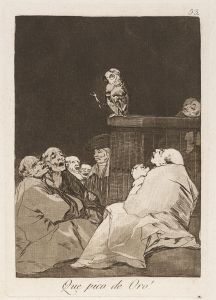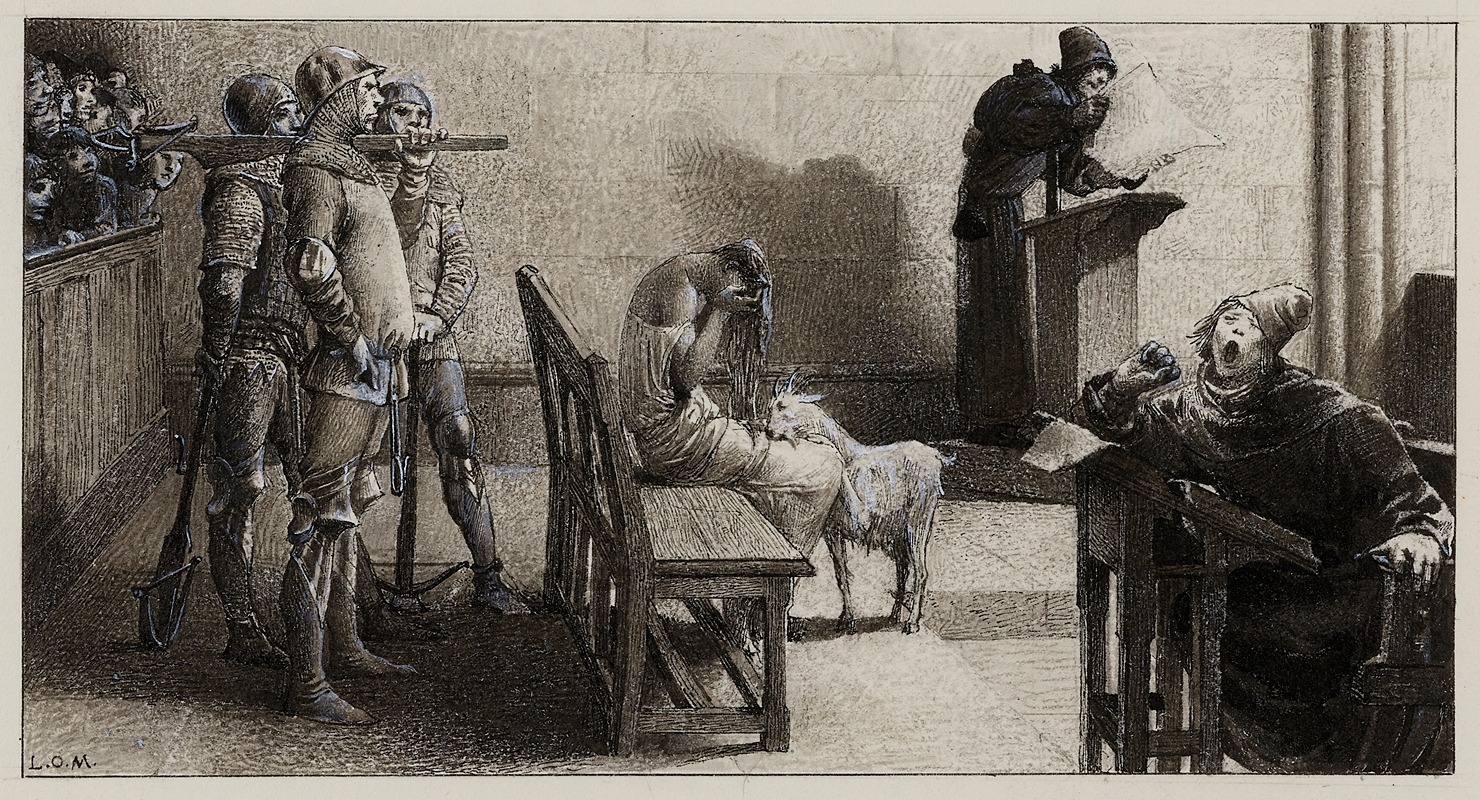
Fin de l’écu changé en feuille sèche
A hand-painted replica of Luc-Olivier Merson’s masterpiece Fin de l’écu changé en feuille sèche, meticulously crafted by professional artists to capture the true essence of the original. Each piece is created with museum-quality canvas and rare mineral pigments, carefully painted by experienced artists with delicate brushstrokes and rich, layered colors to perfectly recreate the texture of the original artwork. Unlike machine-printed reproductions, this hand-painted version brings the painting to life, infused with the artist’s emotions and skill in every stroke. Whether for personal collection or home decoration, it instantly elevates the artistic atmosphere of any space.
Luc-Olivier Merson was a notable French painter and illustrator, recognized for his contributions to the Symbolist movement in the late 19th and early 20th centuries. One of his works, "Fin de l’écu changé en feuille sèche," reflects his unique style and thematic interests. Merson was born in Paris in 1846 and studied under Gustave Chassevent-Bacques and Isidore Pils at the École des Beaux-Arts. He gained recognition for his detailed and imaginative compositions, often infused with allegorical and mythological elements.
"Fin de l’écu changé en feuille sèche" is a painting that exemplifies Merson's fascination with symbolism and narrative depth. The title, which translates to "The End of the Shield Changed into a Dry Leaf," suggests a transformation or decay, themes commonly explored in Symbolist art. Merson's work often delved into the ephemeral nature of life and the passage of time, using rich imagery and meticulous detail to convey complex ideas.
Merson's style is characterized by a precise and delicate approach to form and color, often creating a dreamlike or otherworldly atmosphere. His paintings frequently incorporate historical and religious motifs, rendered with a sense of reverence and introspection. "Fin de l’écu changé en feuille sèche" likely follows this pattern, though specific details about the painting's composition and subject matter are not widely documented.
Throughout his career, Merson achieved considerable acclaim, receiving numerous awards and honors. He was awarded the Prix de Rome in 1869, which allowed him to study in Italy and further develop his artistic vision. His works were exhibited at the Paris Salon, where he gained a reputation for his skillful technique and imaginative subjects. In addition to painting, Merson was also a prolific illustrator, contributing to various publications and designing postage stamps and banknotes for the French government.
Merson's influence extended beyond his lifetime, as he played a significant role in the development of Symbolism in France. His works are housed in several prominent collections, including the Musée d'Orsay in Paris. Despite the lack of extensive documentation on "Fin de l’écu changé en feuille sèche," Merson's overall body of work continues to be studied and appreciated for its artistic and historical significance.
In summary, Luc-Olivier Merson's "Fin de l’écu changé en feuille sèche" is a testament to his skill as a painter and his engagement with Symbolist themes. While specific details about the painting are scarce, Merson's broader oeuvre provides insight into his artistic intentions and the cultural context in which he worked. His legacy as a Symbolist artist remains influential, and his works continue to captivate audiences with their beauty and depth.







